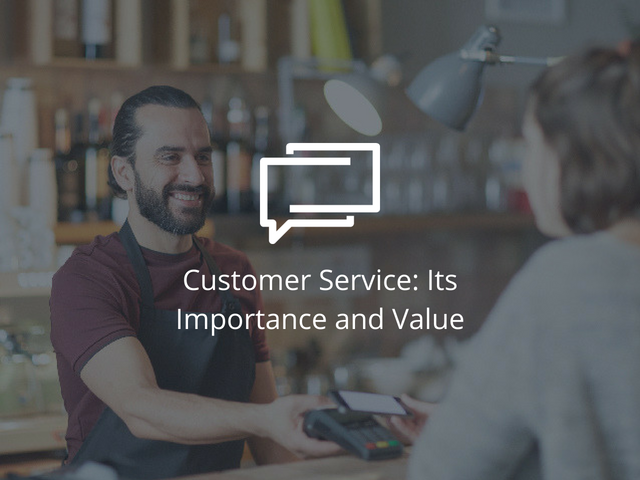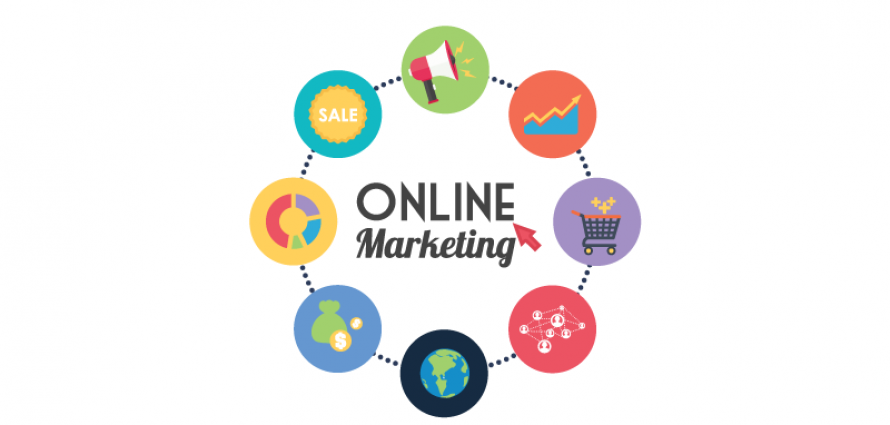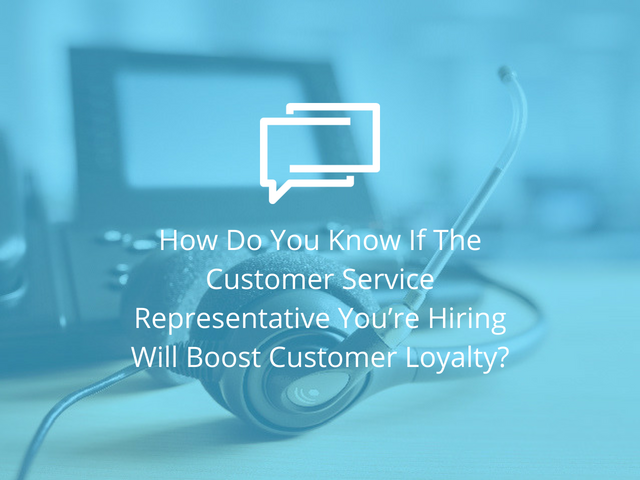We live in a time of plentiful choices. Making the most of it, many organisations or start-ups in globally are creating their impact, in the shortest possible time, by means of integrating multiple channels of customer service in their businesses. These channels include phone support, email and chat support, social media support, or even text support.
Nowadays, integration of multi-channel customer services is one of the most important factors for a business to consider, due to many reasons. By providing a range of options to the customer, businesses in globally are attracting and growing their loyal customer base significantly. They build high value by affecting the way in which people are making purchase decisions nowadays.
Request a FREE Conversational Technology demo today and Learn How to Manage Multi-Channel Customer
In addition, offering abundant choices to your customers is a forerunner for a business to maintain its presence, meet the customer needs round the clock irrespective of their location, and empower customers to take the right decision. To assist you further, let’s have a detailed look at the concept of multi-channel customer service.
Business Efficiency through Multi Channel Integration
Multi channel customer service holds huge potential in delivering business efficiency and excellent customer experiences. The customer experience offered by integrating a multi channel strategy creates a more personalised, optimised and responsive outlook of a business in competitive and transforming industries.
As per the Fifth Quadrant’s research;
The primary channels that attract the maximum investment of various small or big organisations are 83% online or self-service – digital, 62% mobile apps, 34% email and surprisingly, 57% of investment is focused on the phone or voice channel while 18% towards face to face channels.
This clearly emphasises on the potential that opens up for a business with the integration of multi channel customer service. Along with that, the level of exposure of the customer base to your business improves, as you cater to the needs of your customers by all means, and without falling short of their expectations.
Are you increasing the investment in multi channel customer service this year, to attain higher business value in your particular industry?

If you too, plan to join the forces of digital transformation and differentiate your business from the existing competitors, then you must make the most of these consumer channel preferences, and make only the right decisions, most importantly in the right direction, to optimise your customer service experience.
The top most channels utilised by Australian consumers, to avail customer service, are through phone conversation – 62%, via self-service website – 41% and in person – 45%.
The Prospective Channels of Customer Service and their Importance
Organisations that believe in delivering exceptional customer support, reach out to their consumers through all of those channels where their customers are present. Thus:
- If your existing customer base includes avid user of emails, opt for an instant email support.
- If they like to reach your business on Twitter, make this platform as your potential channel of customer support to access your customers efficiently.
In continuation of the above stated Fifth Quadrant research, keeping a strong grip on all the available channels of customer support will be the only key factor in differentiating your business and moving it along to a true market leader.
Email: This is undoubtedly the most non negotiable channel for all types of businesses. Almost 91% of consumers utilise an email service, everyday. This is the easiest means of building instant rapport with your customer base.
Social Media: Social networks are now the most excellent means of accessing your customer and to grow your business. Companies who use social networks as customer support channels have 15% lower churn rates than the ones who don’t.
Self-service Knowledge Base: As the name depicts, the self-service knowledge base is extremely useful to help your customers get to know you better, without being present for their assistance, through a live channel of customer support. You can deliver exceptional assistance 24/7 with just a small team.
Voice or live Chat:Phone support is old-fashioned but considered as the fastest means of communication between your business and the customer base. In fact, phone assistance accounts for almost 68% of the speediest interactions. Similarly, 44% of customers say that having a live chat support during an online purchase creates a trustworthy relationship with the service providers and is accounted for, as the top feature a website could offer.
Related:
How to Do Customer Service The Right Way
Multi Channel Customer Service – A mean of seamless consumer experience
Your customer wants to be able to contact you with whatever device they hold in their hands and that is what your business needs to do – make itself accessible, by all possible means, for your customer’s satisfaction.
Integrate many digital platforms and provide seamless consumer experience through different channels. If you manage to reach out to your consumer base through numerous channels, your business will be providing fantastic experience to its customers, which is hard to give up.
Gain more loyalty and trust with your instant customer service. Stay responsive to your customers and effectively provide them with updated information and flawless support.
In today’s fast paced and transforming world, a business that shows itself invested in providing exceptional support to its customers, by making the most of the multi channel customer service, will go a long way in building long lasting relationships with its customers and successfully make its mark.




 Based in Singapore, Colin is the Director, Customer Success and Lead Data Scientist, APAC for DataRobot, where he advises businesses on how to build business cases and successfully manage data science projects. Over his career, Colin has held a number of CEO and general management roles, where he has championed data science initiatives in financial services, healthcare, security, oil and gas, government and marketing. He frequently speaks at various global conferences. Colin is a firm believer in data-based decision making and applying AI. He is passionate about the science of healthcare and does pro-bono work to support cancer research.
Based in Singapore, Colin is the Director, Customer Success and Lead Data Scientist, APAC for DataRobot, where he advises businesses on how to build business cases and successfully manage data science projects. Over his career, Colin has held a number of CEO and general management roles, where he has championed data science initiatives in financial services, healthcare, security, oil and gas, government and marketing. He frequently speaks at various global conferences. Colin is a firm believer in data-based decision making and applying AI. He is passionate about the science of healthcare and does pro-bono work to support cancer research.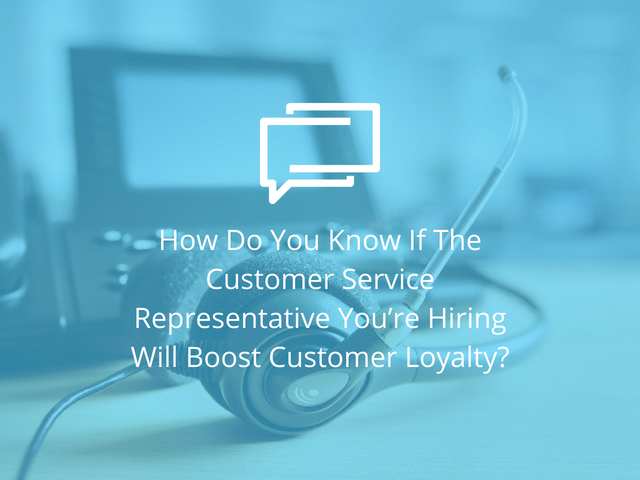







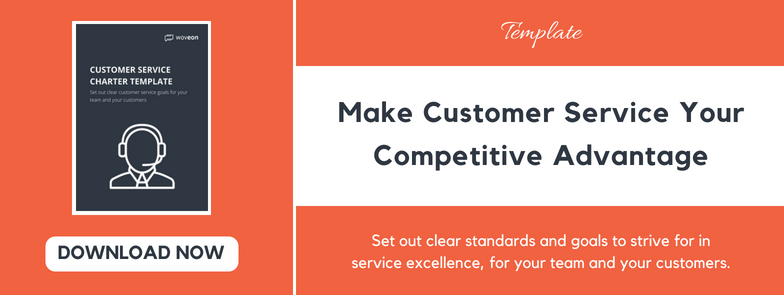






 Written by
Written by 
